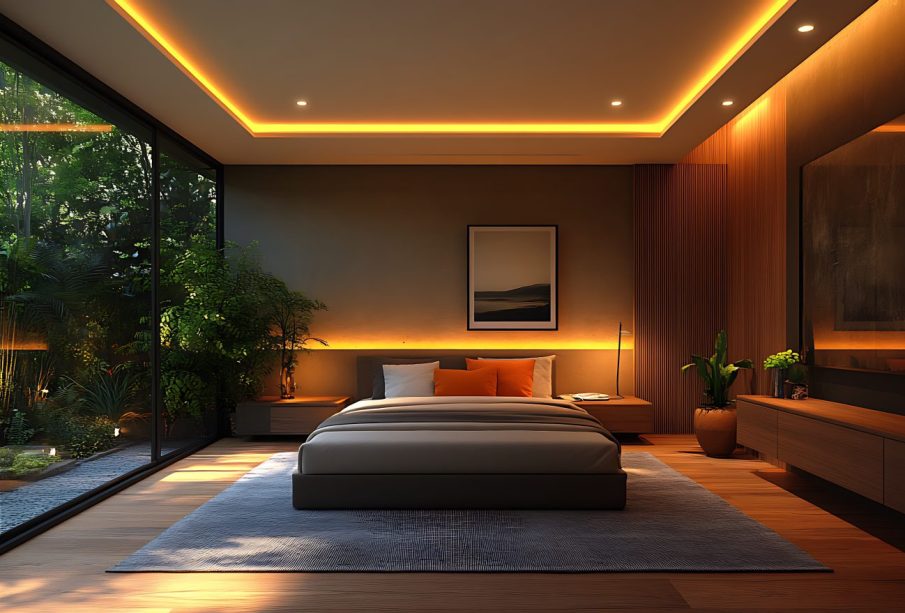How to Choose the Right LED Strip Lights Manufacturer and LED Module Supplier

In today’s world, lighting is more than just functionality it’s about design, energy efficiency, and flexibility. LED technologies like strip lights and modules have become go-to solutions for everything from home ambiance to commercial signage. But with so many options out there, how do you choose a reliable supplier for your project?
Let’s break it down in a straightforward way.
Understanding LED Strip Lights Manufacturers
Not every company selling LEDs is actually making them. Many are simply resellers, which means you might not be getting the quality or support you expect. A genuine manufacturer designs, assembles, tests, and often customizes their products and that can make a big difference in performance and lifespan.
One of the most important things to look for in a LED strip lights manufacturer is their technical capability not just the types of strips they offer, but how well they control things like brightness consistency, heat management, and color accuracy. Manufacturers with in-house production can often meet more specific requirements than trading companies.
What Makes an LED Module Worth Considering?
An LED module is a compact, ready-to-install unit designed for backlighting, signage, or display applications. These modules usually include a lens, board, and casing, and they come pre-wired for easy installation. Their small size and focused brightness make them useful where regular strips won’t fit or won’t provide the necessary intensity.
There are many types of LED modules on the market from single-color to RGB or even programmable versions. What matters is choosing the right module for the environment and application: indoor or outdoor, subtle glow or high output, decorative or functional.
Real-World Applications for Both
LED strip lights are incredibly versatile. You’ll see them in homes under cabinets, in offices as cove lighting, or outlining hotel lobbies and commercial displays. Their slim design makes them ideal for indirect lighting or decorative accents.
In contrast, LED modules tend to show up in more targeted roles inside channel letters for storefront signage, behind logos for a clean backlight effect, or within product displays in retail stores. Their beam is typically more focused, making them a strong choice for high-visibility elements.
Qualities of a Reliable LED Supplier
So, how do you know who to trust? First, look for companies that clearly explain their testing and quality assurance processes. A reliable partner will mention things like voltage tolerance, heat testing, and long-term durability studies.
Certifications also matter CE, RoHS, and ISO standards tell you that their products meet certain performance and safety levels. Customization capabilities are another key factor: the ability to tweak voltage, color temperature, length, or even the housing material can set a great supplier apart from the rest.
Innovations That Make a Difference
LED tech is evolving fast. COB (chip-on-board) strip lights offer seamless light with fewer visible dots. Smart strips now connect to apps and smart home systems. Modules, too, are seeing innovation thinner bodies, more uniform light output, and improved waterproofing are all examples.
If you’re sourcing for long-term projects, working with a supplier who understands the latest developments can keep your solutions relevant for years.
How to Compare Like a Pro
When comparing products, always look beyond just price. Check the LED type, power draw, brightness, IP rating, and CRI. These details affect how well the light performs over time.
Ask if sample units are available. It’s better to test a small batch before committing to a full order. Also, confirm whether the supplier is actually producing the items or just drop shipping them.
Tips for Installation and Safety
Installing LED lighting can be straightforward, but small mistakes can reduce performance. Always cut strips only where marked. Use compatible connectors. Double-check the wattage of your power supply, and seal all outdoor connections.
Following basic safety precautions ensures the lighting lasts longer and performs more efficiently.
Final Thoughts
Choosing the right lighting components is about more than specs. It’s about trusting the source, understanding your application, and knowing how all the parts fit together. Whether you’re planning to upgrade a commercial space or starting a new build, investing in the right LED solutions pays off in the long run.
Do your research, ask smart questions, and don’t rush the decision. The right choice now saves time, money, and effort down the road.











